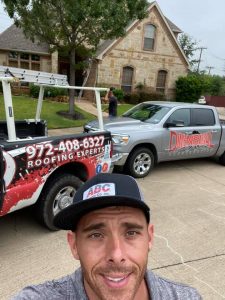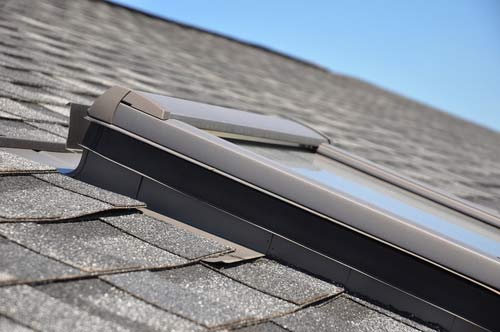Finding a roofing contractor is no problem. Finding the right roofing contractor may be another story.
Replacing a roof is one of the most expensive projects a homeowner may have to. But if you happen to be in the path of a severe hail storm you may not have a choice. Hail storms cause millions of dollars in damage to homes across America every year. Often wind and hail causes enough damage to a roof that the homeowner is forced to replace their roof immediately due to water entering the structure. When this happens having to replace the roof becomes unavoidable and the search for a roofing contractor is necessary. But how do you go about finding a contractor that you feel comfortable with and one that you can trust?
Local Roofers
First, find a local roofing contractor. You want to make sure the contractor you use local. Most any roofing contractor is able to replace your roof today. But you want to make sure that the company you go with is going to be there next week, next month, and a year from now just in case you have problems with your roof down the road. Using an out-of-town contractor often leads to the contractor disappearing all together when you need him or at best makes it hard to get him back to do the repairs.
Roofing Referrals
Secondly, get referrals. Find a contractor that has a proven track record. Use a contractor a friend or relative can vouch for. Local roofing supply houses can often refer trustworthy contractors that they may use themselves. Choose a contractor who has longevity in the community and list of references? Use one who knows the local roofing and building codes. Use careful research in looking for a contractor and don’t feel pressured by roofing salesmen who want you to sign a contract on the spot.
Signed Contract
Third, make sure you get a contract signed by the contractor clearly stating what your expectations of the roofing project will be and what the contractor expects from you. Clean-up and haul-off of old material, along with any extras you may agree on should be clearly stated in the contract. Be sure it is in writing with a total dollar figure for the entire project. Also, make sure you get a warranty for the roofing product that is used and the labor.
Fourth, ask your potential contractors the questions that are important to you. Here are some things you might want to ask them about. Do you have comprehensive liability insurance? If you are in a state that requires roofing contractors to be licensed then that will be important to you. What are my roofing product choices? How long have you been in business? What are your payment terms? These are just a few questions you may want to ask.
Lastly, do a walk-around inspection with your contractor. It’s easier to take care of anything that is overlooked at this time than to have to set an appointment for a later time.


